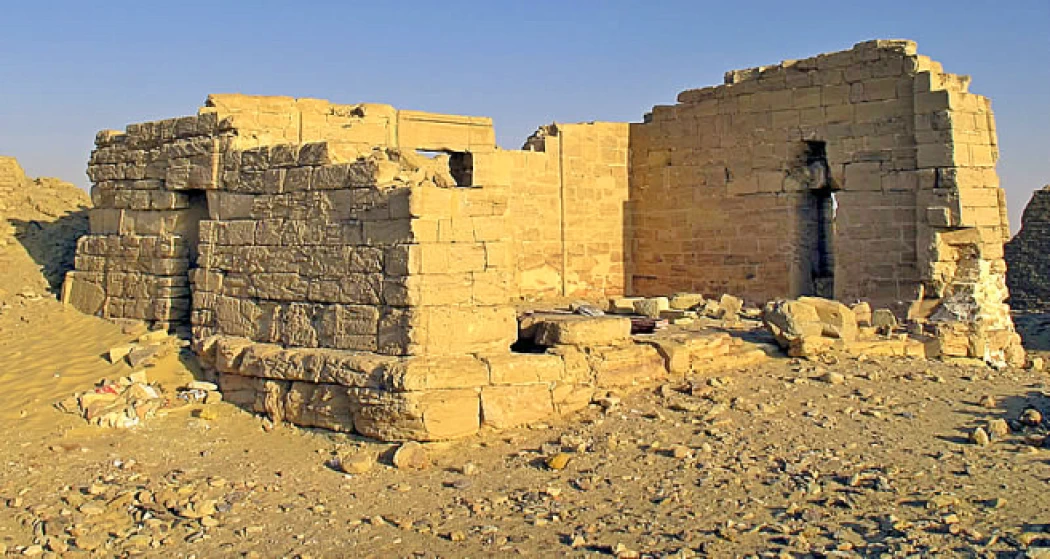
Ruins of the Nadora Temple in the Kharga
Temple dedicated to the goddess Nadora
Al Kharga City in New Valley Governorate is the first green city friendly to the environment and climate, from the highest point on the Nadora Plateau. The city of Kharga has succeeded in moving away from using environmentally polluting components and replacing them with environmentally friendly components, while applying the best system for public cleanliness and safe disposal of waste, and expanding the planting of trees and green spaces in all parts of the city.
The town is distinguished by its archaeological sites, including the Nadura Temple: The Nadura Temple is located about 2 km north of Kharga City and about 1 km southeast of the Hibis Temple. The temple was built on a hill high above the surrounding land. It can be seen from a distance of 5 km due to its height, and it can also be seen from several places within the Kharga Oasis.
The temple was built in the Roman era as a lookout point and a site to protect the ancient Kharga Oasis from the attacks and raids that Thieves occasionally preyed on the inhabitants of the oases. The name "Nadura" came in the Arab era from its use as a lookout point for the caravans passing in ancient times on the Forty-Day Road, which is the important trade route that connected Egypt at Asyut to Darfur in Sudan, passing through the Kharga Oasis, where the person climbing the hill could see a large area of the Kharga Oasis. The person who climbed this place to see the surrounding points was called "Nadurji", which was a job title at that time and is still used today and is an Arabic term.
The people of the oasis called the area north of the current city of Kharga "Al-Nadura", which is derived from the word "Al-Nadhar", which is a place to see and follow the places surrounding it. It was known by this name since the era of the Mamluks and Turks, as it was used to monitor the road, as it is located on a high hill on the eastern side of the entrance to the city of Kharga. The "Al-Nadura" temple is a sandstone building surrounded by mud brick walls built on a high hill about 75 meters above the surface of the surrounding land.
The walls of the temple have inscriptions of the emperors Hadrian and Antoninus Pius from the Roman era, specifically the second century AD, in a position of offering sacrifices to a group of gods, including the god Amun, the god Mut, and the god Khonsu. The temple was dedicated to the worship of the god Khonsu, while the remains of huge mud-brick walls surrounding the temple were used during the Roman era as a fortress to protect and guide the caravans passing on the Forty-Day Road.














